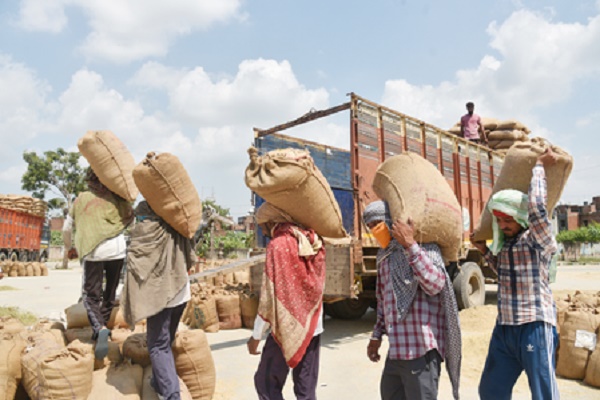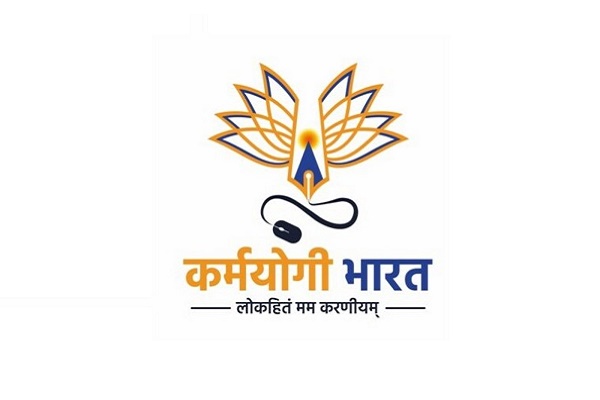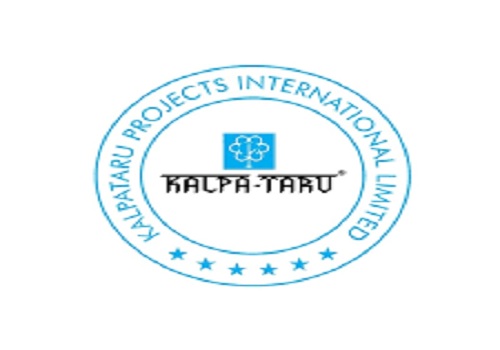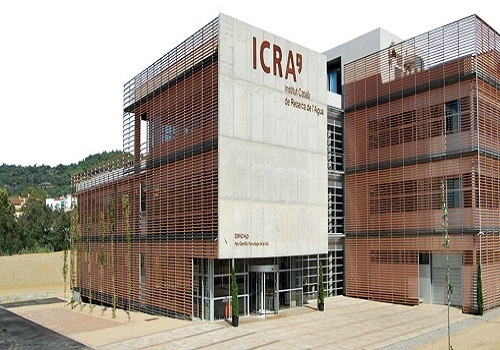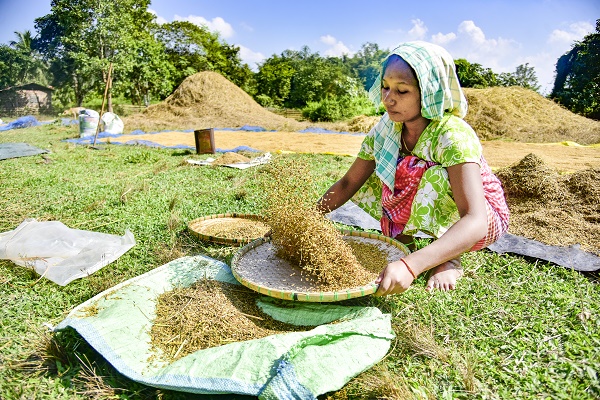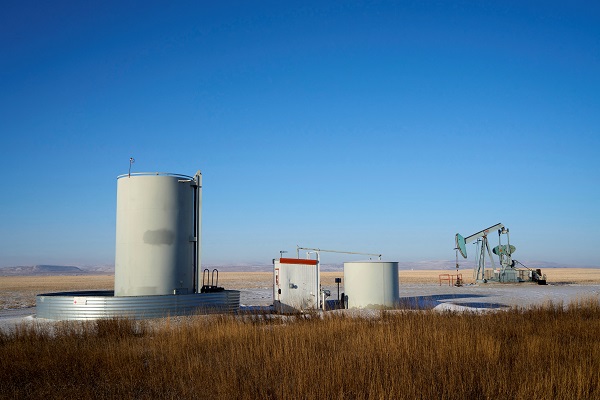India`s Reservoirs Plummet Below 40%, Posing a Threat to Agriculture and Water Security by Amit Gupta, Kedia Advisory

India faces a crisis as water levels in major reservoirs drop for the 14th consecutive week, with 11 states experiencing storage below normal. South India, particularly vulnerable, may witness challenges in rabi rice and pulses production. Despite excess rainfall in the peninsular region, 75% of districts received deficient or no rainfall, emphasizing the widespread nature of the issue.
Highlights
Declining Reservoir Levels: The water levels in 150 major Indian reservoirs have dropped for the 14th consecutive week, reaching below 40% in South India.
States Below Normal Storage: 11 states, including Odisha, now have reservoir storage below normal levels, indicating a widespread issue.
Current Reservoir Status: The total storage in the 150 reservoirs is 102.162 billion cubic meters, accounting for 57% of the total capacity of 178.784 billion cubic meters.
Comparison to Previous Years: Compared to a year ago, the current levels are significantly lower, standing at 59% last week, and the 10-year average is 95%, emphasizing the severity of the situation.
Regional Disparities: While North India might not face immediate concerns due to Himalayan ice melting, South India, especially in the cultivation of rabi rice and pulses, may encounter challenges.
Impact on Agriculture: Concerns about the potential impact on crops, including the production of red rice in Kerala and the potential rise in prices for idli rice in the South.
Southern Region Reservoirs: Out of 42 reservoirs in the southern region, 19 have levels below 40%, raising concerns for water availability in the region.
Central and Western Regions: The central region has improved slightly, with 7 out of 26 reservoirs below 40%, while the western region, including Gujarat and Maharashtra, faces a drop in levels with a few reservoirs below 40%.
Eastern Region: In the eastern region, storage in Odisha has dropped below normal after a brief improvement, impacting the overall water availability in the region.
Northern Region and Peninsular Region: Reservoir levels in the northern region are at 54%, with Punjab facing a 38% deficit. Despite excess rainfall in the peninsular region, data suggests 75% of districts received deficient or no rainfall.
Prolonged Dry Period: Data from the US National Oceanic and Atmospheric Administration indicates that 26% of the country is experiencing a prolonged dry period till December, adding to the water scarcity concerns.
Conclusion
As India grapples with plummeting reservoir levels, the impact on agriculture and water security looms large. The South, in particular, faces imminent challenges, raising concerns about crop production and potential price hikes. Urgent measures are needed to address this water scarcity crisis, emphasizing the critical need for sustainable water management practices and preparedness for changing climatic conditions.
Above views are of the author and not of the website kindly read disclaimer



